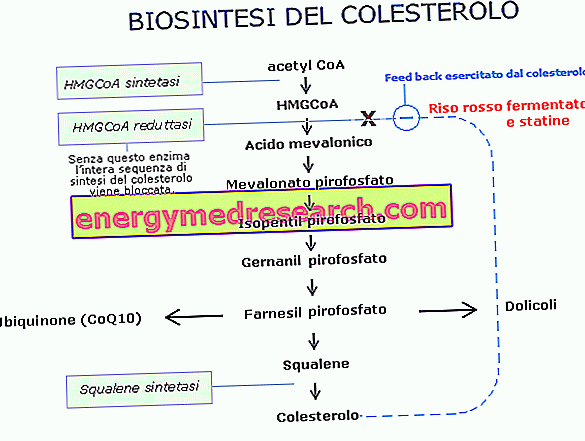Apraxia: introduction
The observation of apraxic manifestations, the logical interpretation of the disease and the rational explanation of the chain of uncoordinated gestures, often represent enigmatic and obscure elements to decode the intrinsic, hidden meaning of apraxia. In this regard, the diagnosis - based essentially on psychological and motor tests - the therapies aimed at healing the symptoms, and the prognosis, are very problematic, both for the doctor and for the people who live with the apraxis patient, unaware of the disease .
Diagnosis

Another diagnostic test is the demonstration of the use of objects : these objects, commonly used in everyday life (eg fork, napkin etc.) are shown to the patient (visual presentation), data in hand (tactile presentation) or mimed (presentation imaginary).
A correct diagnostic evaluation also arises in the observation of the muscles used to perform an action.
The severity of brain injury is diagnosed by MRI and computed tomography.
However, it is important to remember that brain injuries do not always result in manifest behavioral deficits; in other cases, the lesions can be so slight as to be easily solved with simple targeted tests. A differential diagnosis should be made between apraxia and aphasia, deafness, dementia, blindness, psychological disorders etc.
therapies
Physical and occupational therapists, together with speech therapists, represent the reference figures for patients suffering from apraxia. The therapies are essentially based on the rehabilitation of the aprasic subject: we speak of a substitute and restorative approach.
However, a specific and exclusive drug therapy, aimed at the definitive resolution of apraxical symptoms, has not yet been identified; moreover, the quantity of rehabilitation studies carried out for the apraxia is rather small. Apraxia is therefore included among the debilitating pathologies.
Prognosis
Although apraxia is classified among the debilitating neuropathological diseases, some less severe forms tend to resolve spontaneously: this is the case of ideomotor apraxia, for example, where 80% of patients recover without the need for specific rehabilitation or pharmacological treatments.
In case of severity, the prognosis of apraxia is unfavorable: clinical evidence shows that many apraxical symptoms get worse as the patient advances with age.
Apraxia: reflections
We have seen that apraxia represents a heterogeneous set of movement disorders aimed or not at a purpose. Apaxic motor anomalies do not only concern simple elementary actions: the deficit, in fact, focuses on the programming and coordination of movements, on the concatenation of gestures aimed at achieving a precise action and, finally, it hinders the harmoniousness of the movement, making it clumsy, bizarre and extravagant.
Some texts describe apraxia as an automatic-voluntary dissociation : a given movement, performed correctly in a particular context, is denied during aprasical tests, since there is no meaning that justifies the action. In this regard, the apraxia properly so-called only refers to those voluntary and learned movements [taken from www.neuropsicologia.it].



